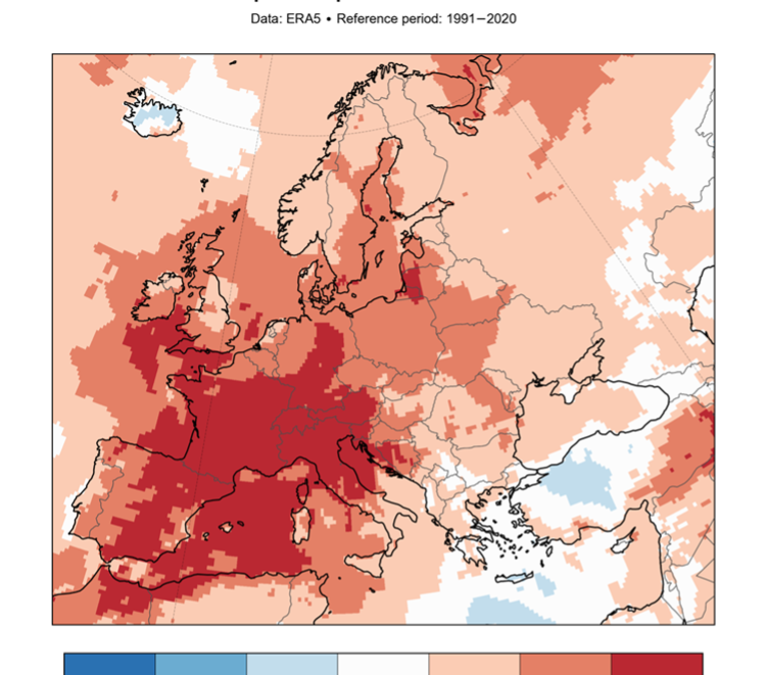Drought killed 300 million trees in Texas in 2011
Contact: Chris Edgar, Forest Resource Analyst, cedgar@tfs.tamu.edu, 979-458-6630
25 September 2012 COLLEGE STATION, Texas, 25 September 2012 – A Texas A&M Forest Service survey of hundreds of forested plots scattered across the state shows 301 million trees were killed as a result of the devastating 2011 drought. The number was determined by a study of both on-the-ground tree health assessments collected during a three-month period earlier this year and satellite imagery from before and after the drought. The findings fall right in the middle of original estimates gathered last fall that indicated roughly 100 million to 500 million trees had died as a result of the drought. “The drought produced traumatic results, especially for individual landowners. But the good news is the forest is resilient. When a dead tree falls over, a young, new tree eventually will grow back in its place,” said Burl Carraway, department head for the Texas A&M Forest Service Sustainable Forestry department. “Tree death is a natural forest process. We just had more last year than previous years.” The findings represent the number of trees in rural, forested areas that died as a direct result of the drought, as well as those that succumbed to insect infestation or disease because they were drought-stressed. The figure does not include trees in cities and towns. Another 5.6 million trees in urban areas — along streets and in yards and parks — also died as a result of the drought, according to a study done earlier this year by the Texas A&M Forest Service Urban Forestry program. The drought assessment of rural, forested areas was done in cooperation with the U.S. Forest Service Forest Inventory and Analysis program and the Texas A&M University Ecosystem Science and Management Department. As part of the analysis, the state was divided into 10 sections: Panhandle, Trans Pecos, North, Central, South, and the Brazos Valley, as well as four East Texas regions. Some forested areas suffered worse than others. The Brazos Valley region was hit the hardest, losing almost 10 percent of its trees on forested land. North Texas and western Northeast Texas suffered similar fates, losing 8.3 percent and 8.2 percent, respectively. Trees in far East Texas seemed to fare the best with just 1.3 percent of trees succumbing to the drought in eastern Southeast Texas and just 3.9 percent dying in eastern Northeast Texas. “So what’s the fate of these trees? The vast majority are going to stand out there — until they eventually fall to the ground,” Texas A&M Forest Service Analyst Chris Edgar said, stressing that standing, dead trees located near homes or recreation areas should be removed. Edgar estimated that an existing 272 million standing dead trees already littered the landscape before the drought. That number is expected to double now, which will produce both positive and negative effects. The standing, dead trees will provide additional habitats for insects, birds, and wildlife. Fallen trees will do the same, while also adding structure to the forest floor which helps prevent soil erosion. Conversely, they’ll also begin to release their stored carbon back into the atmosphere and could become potential hazards during times of high winds and dangerous fire conditions.
Texas A&M Forest Service survey shows 301 million trees killed by drought

